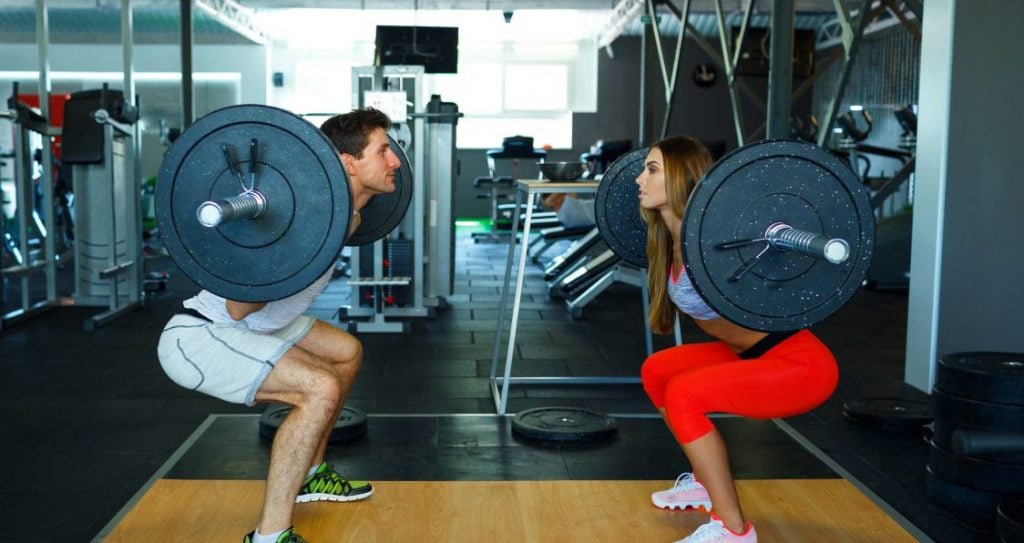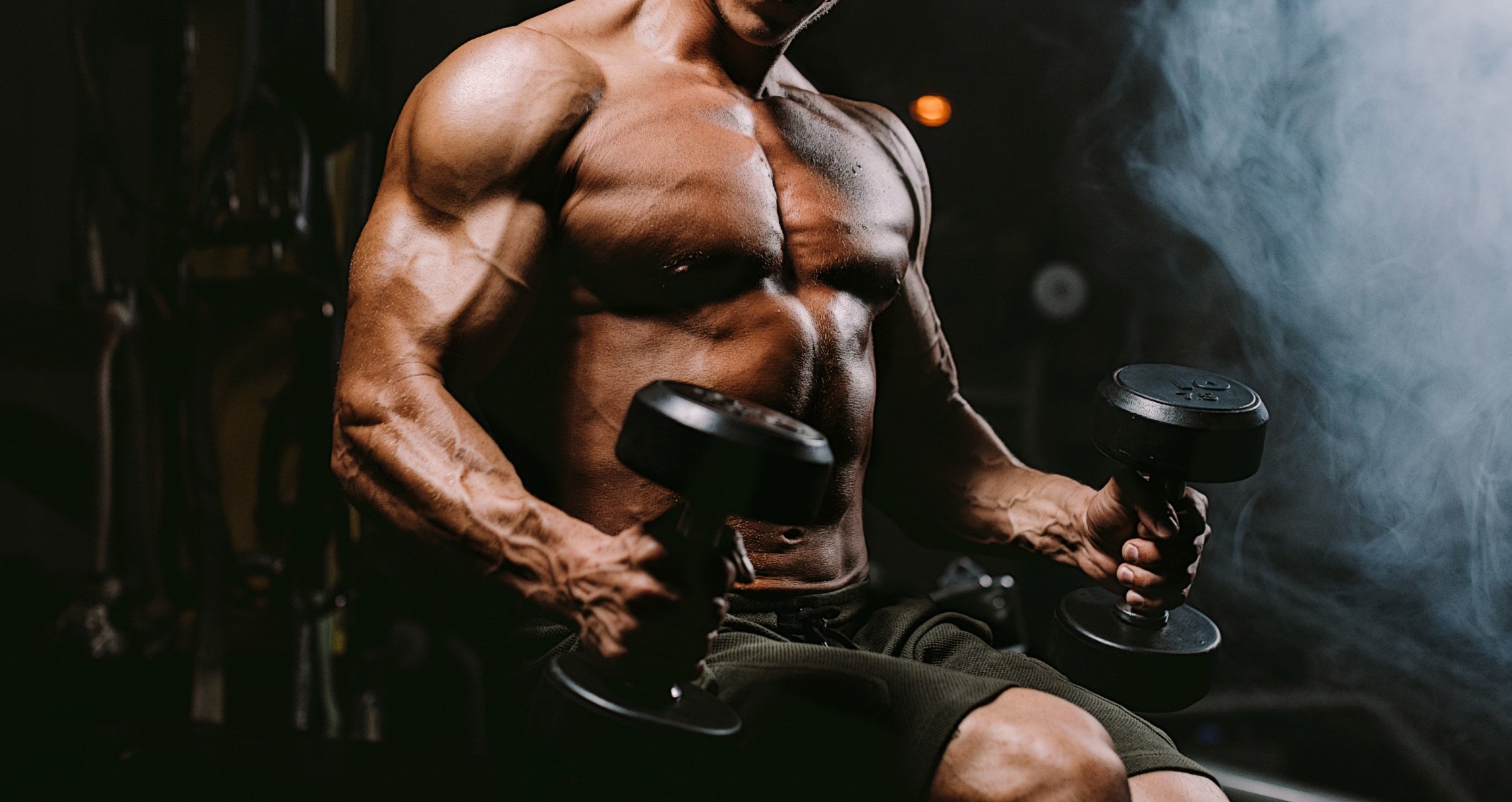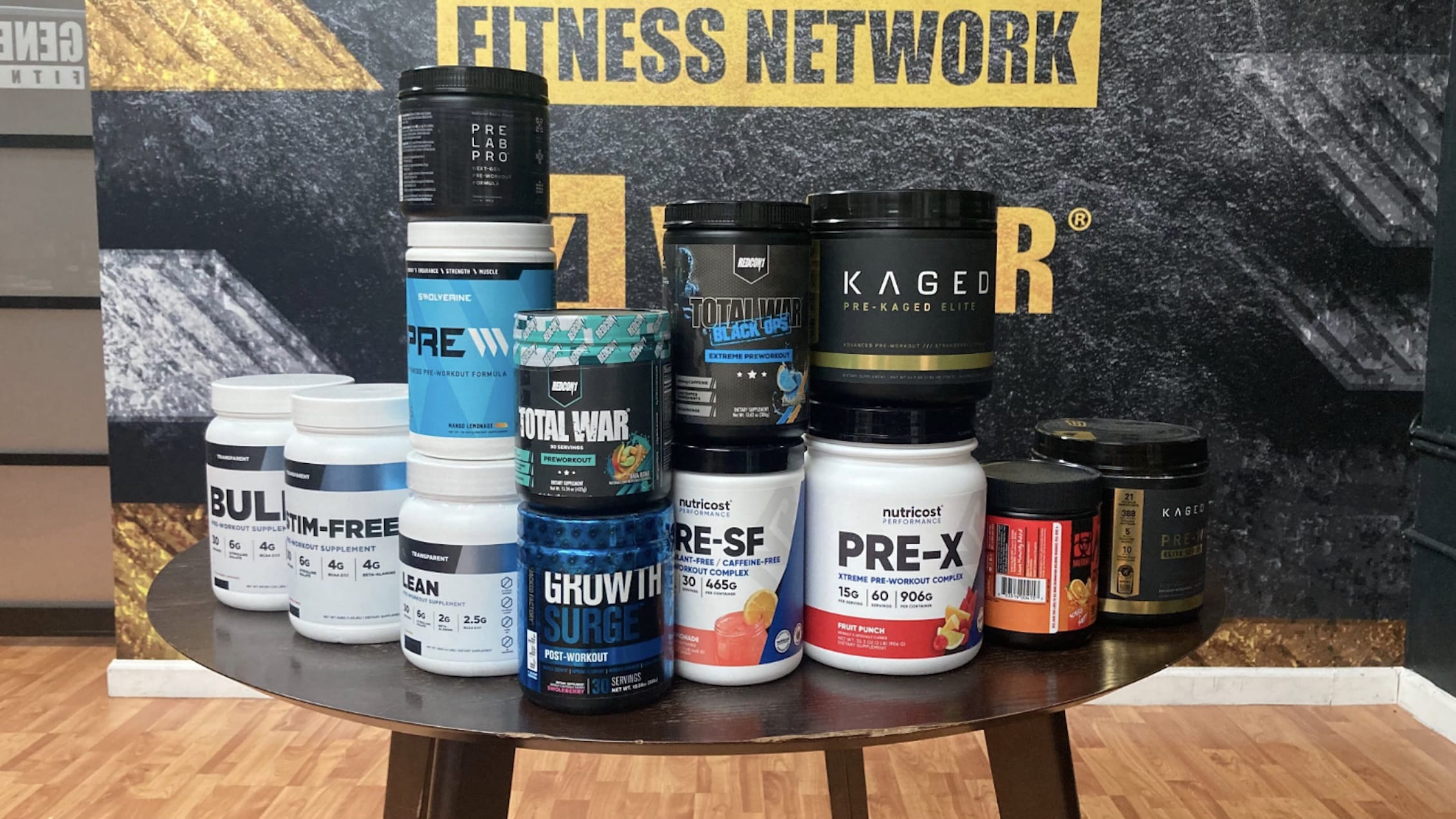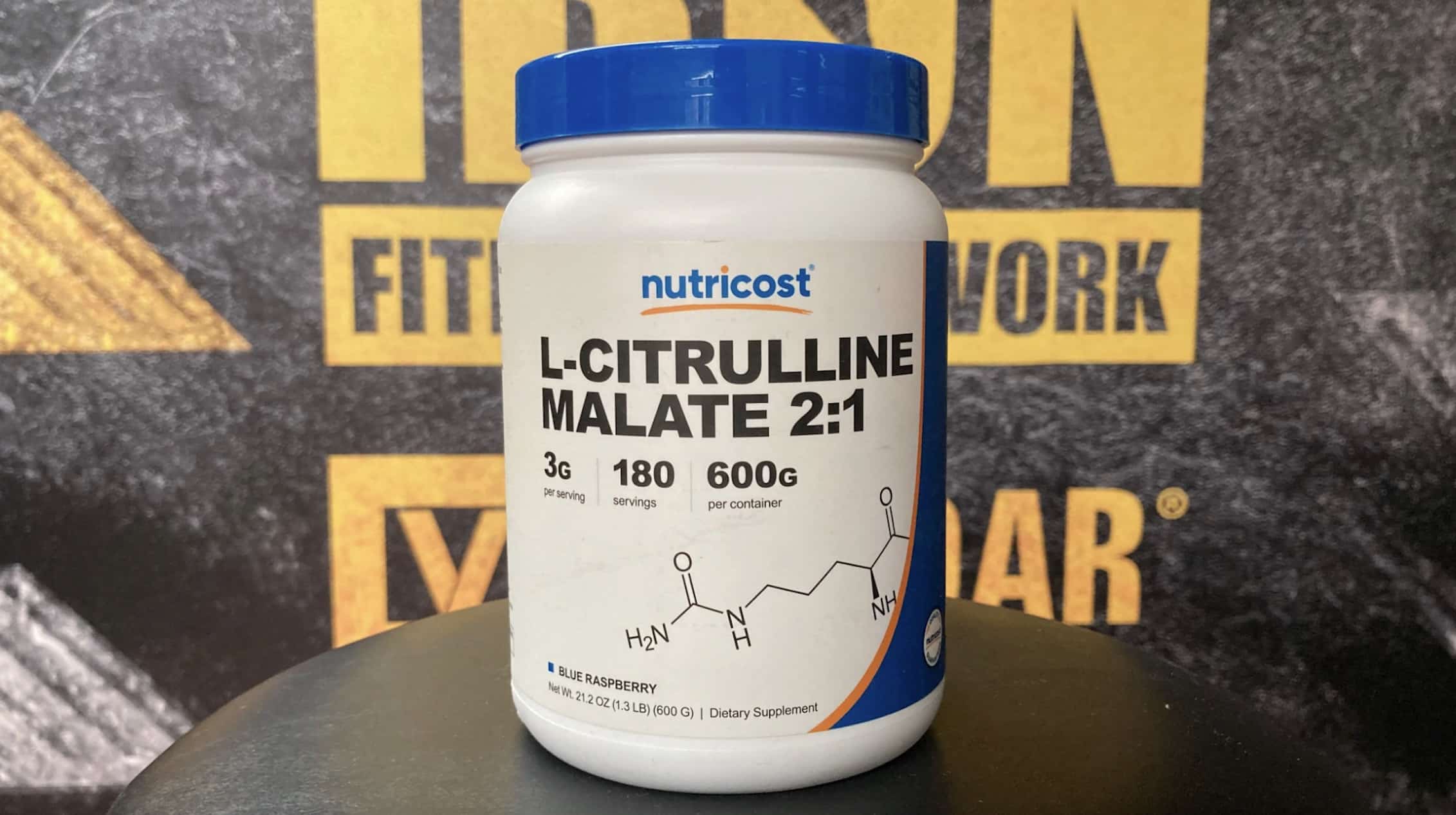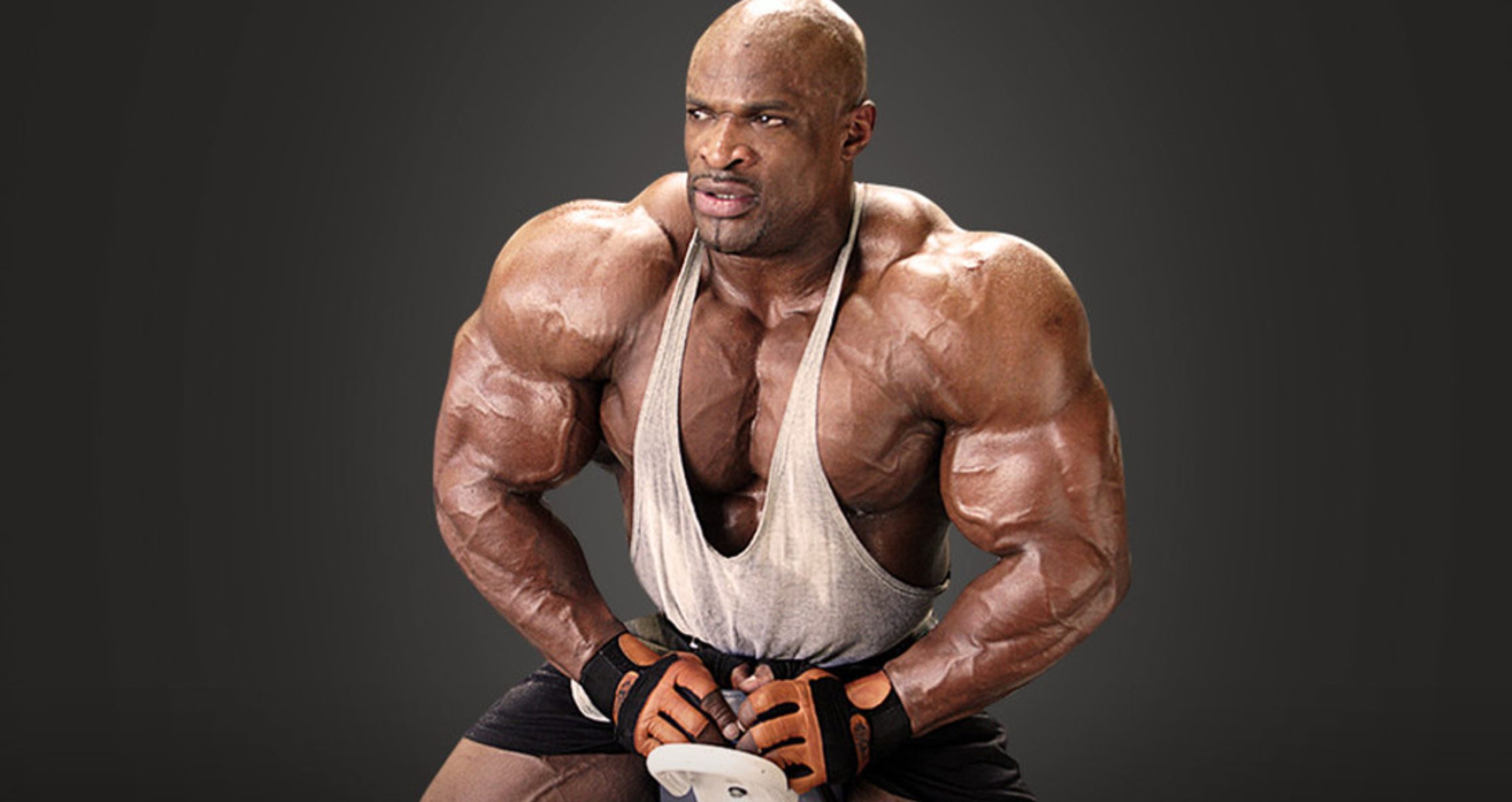Improve Mobility, Strength, and Prevent Pain
If you’ve ever felt tightness in your hips after sitting for long hours or experienced pain during workouts like squats or lunges, chances are your hip flexors need some attention. These small but powerful muscles are essential for everyday movement and athletic performance—but they’re also some of the most neglected in the body.
In this guide, our team at Generation Iron will cover everything you need to know about hip flexors: what they are, why they matter, and the best exercises to strengthen and stretch them for better mobility, posture, and overall lower body function.
What Are Hip Flexors?
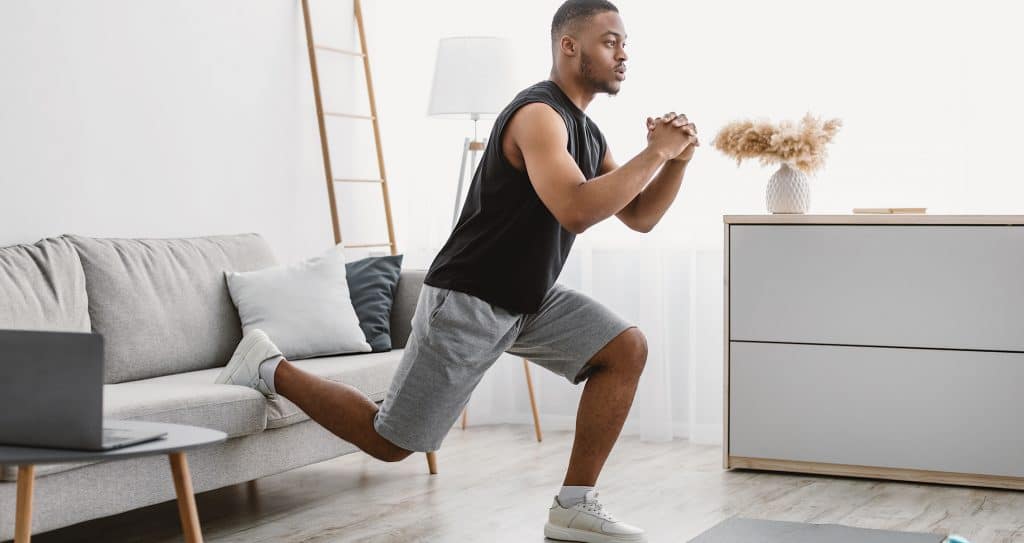
Your hip flexors are a group of muscles located near the top of your thighs. Their main job is to allow you to lift your knees and bend at the waist. They’re active during walking, running, kicking, climbing stairs, and nearly every other movement that involves the lower body.
Key Hip Flexor Muscles:
- Psoas Major: Connects the spine to the femur.
- Iliacus: Works with the psoas (together forming the iliopsoas).
- Rectus Femoris: A quadriceps muscle also involved in knee extension.
- Sartorius: A long, thin muscle running from hip to knee.
- Tensor Fasciae Latae (TFL): Helps with hip flexion and stabilization.
Why Hip Flexors Are Important
Healthy hip flexors are crucial for proper movement mechanics, athletic performance, and injury prevention. Unfortunately, sitting for long periods (like at a desk job or in a car) can lead to tight, shortened hip flexors and weak opposing muscles like the glutes.
Signs of Tight or Weak Hip Flexors:
- Lower back pain
- Hip discomfort during movement
- Poor posture
- Reduced stride length
- Pain or tightness when standing from a seated position
By integrating hip flexor strengthening and stretching exercises into your weekly routine, you can dramatically improve flexibility, mobility, and strength.
Best Strengthening Exercises for Hip Flexors
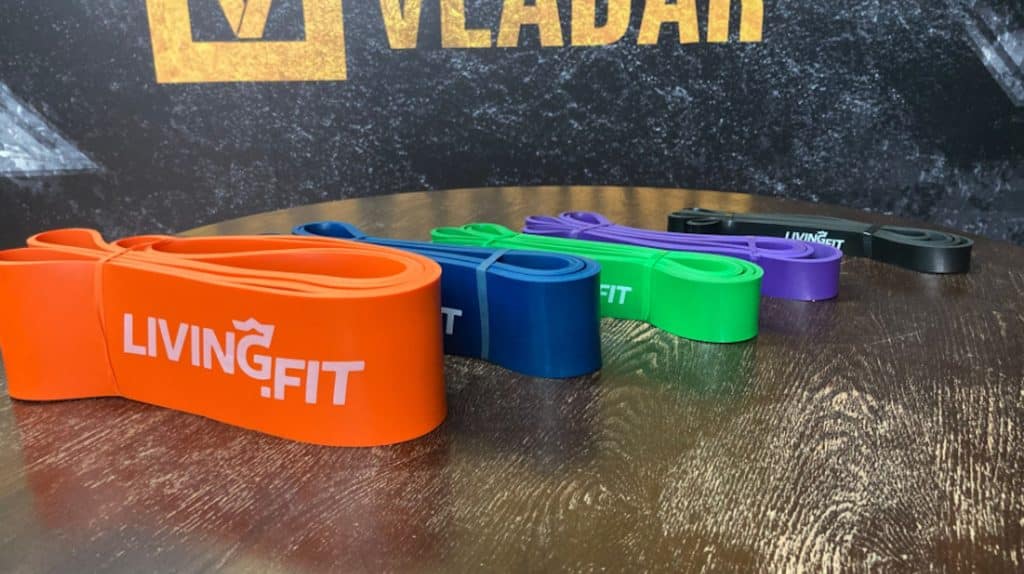
1. Standing Resistance Band Knee Drives
This is an excellent hip flexor activation exercise for beginners and athletes alike.
How to do it:
- Attach a resistance band to a low anchor point and loop the other end around your ankle.
- Face away from the anchor point and lift your knee toward your chest.
- Hold briefly, then lower under control.
Reps: 3 sets of 12–15 per leg
Why it works: Builds strength through a full range of motion and improves balance.
2. Lying Straight Leg Raises
How to do it:
- Lie on your back with your legs extended and your hands under your lower back for support.
- Slowly raise one leg to about 45–60 degrees.
- Lower it back down without touching the floor.
Reps: 3 sets of 10–15
Muscles worked: Iliopsoas, rectus femoris, lower abdominals
Tip: Keep your core tight and avoid arching your back.
3. Mountain Climbers
How to do it:
- Get into a high plank position.
- Drive one knee toward your chest while keeping your hips low.
- Alternate legs quickly like you’re running in place.
Duration: 30–60 seconds or 3 sets of 20 per side
Benefits: Boosts cardiovascular endurance and strengthens hip flexors dynamically.
4. Hanging Leg Raises
How to do it:
- Hang from a pull-up bar with legs straight.
- Raise your legs in front of you until they’re parallel with the floor.
- Lower with control.
Reps: 3 sets of 8–12
Advanced version: Raise legs all the way to the bar.
Why it’s great: Challenges both core and hip flexors for optimal control and strength.
5. Seated Band Marches
How to do it:
- Sit on a bench with a mini resistance band around your feet.
- Lift one knee while keeping your foot flexed.
- Alternate legs.
Reps: 3 sets of 15 reps per side
Best for: Desk workers, runners, and athletes recovering from hip injuries.
Best Hip Flexor Stretching Exercises
1. Kneeling Hip Flexor Stretch (Lunge Stretch)
How to do it:
- Kneel on one knee with the other foot forward (like a lunge).
- Push your hips forward while squeezing the glute of the back leg.
- Keep your torso upright.
Hold: 30–60 seconds per side
Benefits: Relieves tight psoas and iliacus muscles.
2. Couch Stretch
How to do it:
- Kneel in front of a wall or couch and place your back foot up on it.
- Keep your chest tall and push hips forward.
Hold: 30–60 seconds
Why it’s powerful: Deep stretch for rectus femoris—perfect for runners and cyclists.
3. Pigeon Pose
How to do it:
- From a plank position, bring one leg forward and rest it in front of your body while extending the other leg back.
- Keep your hips square and lean forward for a deeper stretch.
Hold: 30–60 seconds
Improves: Hip external rotation, reduces glute tension, and stretches the front of the hip.
4. Frog Stretch
How to do it:
- Get on all fours, then spread your knees apart while keeping your ankles in line with your knees.
- Lower your hips toward the floor.
Hold: 30–60 seconds
Targets: Adductors, inner thighs, and deep hip flexor tension.
5. Bridge with Glute Squeeze
This is a great combo move that stretches the hip flexors while activating their antagonist muscles—the glutes.
How to do it:
- Lie on your back with feet flat and knees bent.
- Raise your hips toward the ceiling and squeeze your glutes at the top.
- Hold for a few seconds, then lower.
Reps: 10–15 reps or 3 holds of 30 seconds
Tip: Do this after sitting for long periods to relieve hip tension.
Tips for Optimizing Hip Flexor Training
- Warm Up Properly: Start with light cardio and dynamic stretches before strength exercises.
- Balance Strength & Flexibility: Stretch after strengthening to avoid tightness or strain.
- Train Glutes & Core: Strong glutes relieve overworked hip flexors.
- Move More, Sit Less: Get up every 30–60 minutes if you’re sitting for long periods.
- Stay Consistent: Stretch and train your hips 2–4 times a week to see lasting results.
Frequently Asked Questions (FAQs)
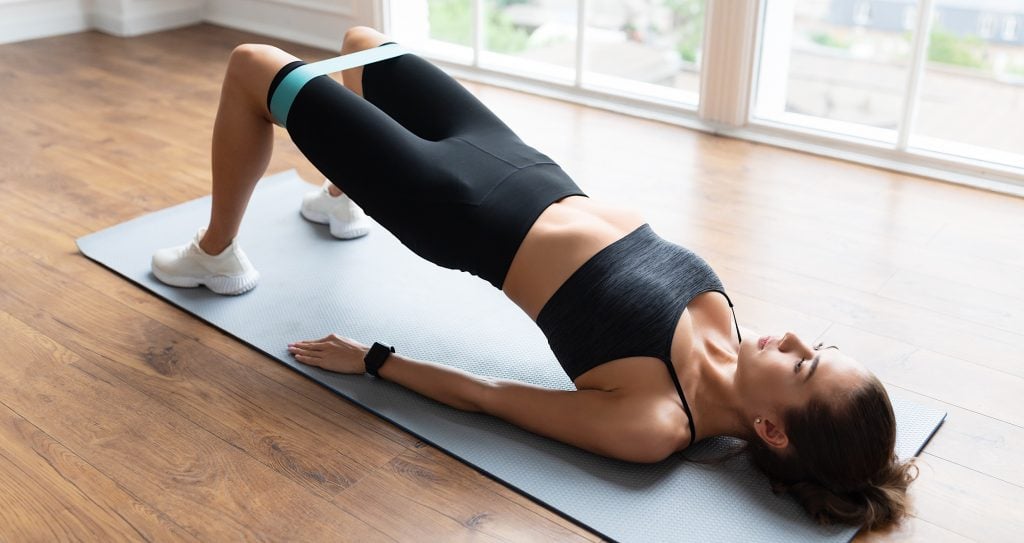
How often should I train my hip flexors?
Aim for 2–3 times a week, mixing both strengthening and stretching for best results.
Can tight hip flexors cause back pain?
Yes. Tight hip flexors can pull on your pelvis and lower back, leading to poor posture and pain.
What exercises should I avoid with tight hip flexors?
Avoid excessive sitting, deep squats without warming up, or leg raises if they cause discomfort. Focus on mobility first.
Final Thoughts: Strong Hips, Stronger You
If you’re experiencing tight hips, lower back discomfort, or decreased mobility, your hip flexors might be the missing link. By consistently performing the best exercises for hip flexors—both strength-based and stretching—you can increase your flexibility, reduce pain, and move more efficiently.
Whether you’re a runner, desk worker, or weightlifter, training your hip flexors should be a non-negotiable part of your fitness routine.
Let us know what you think; and follow us on Instagram, Facebook, and Twitter.
